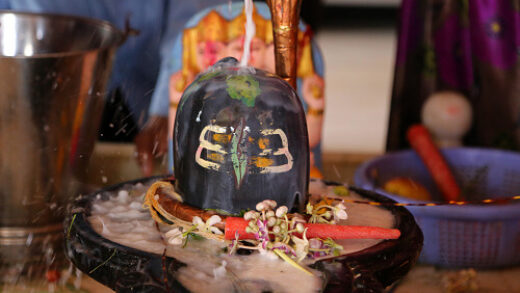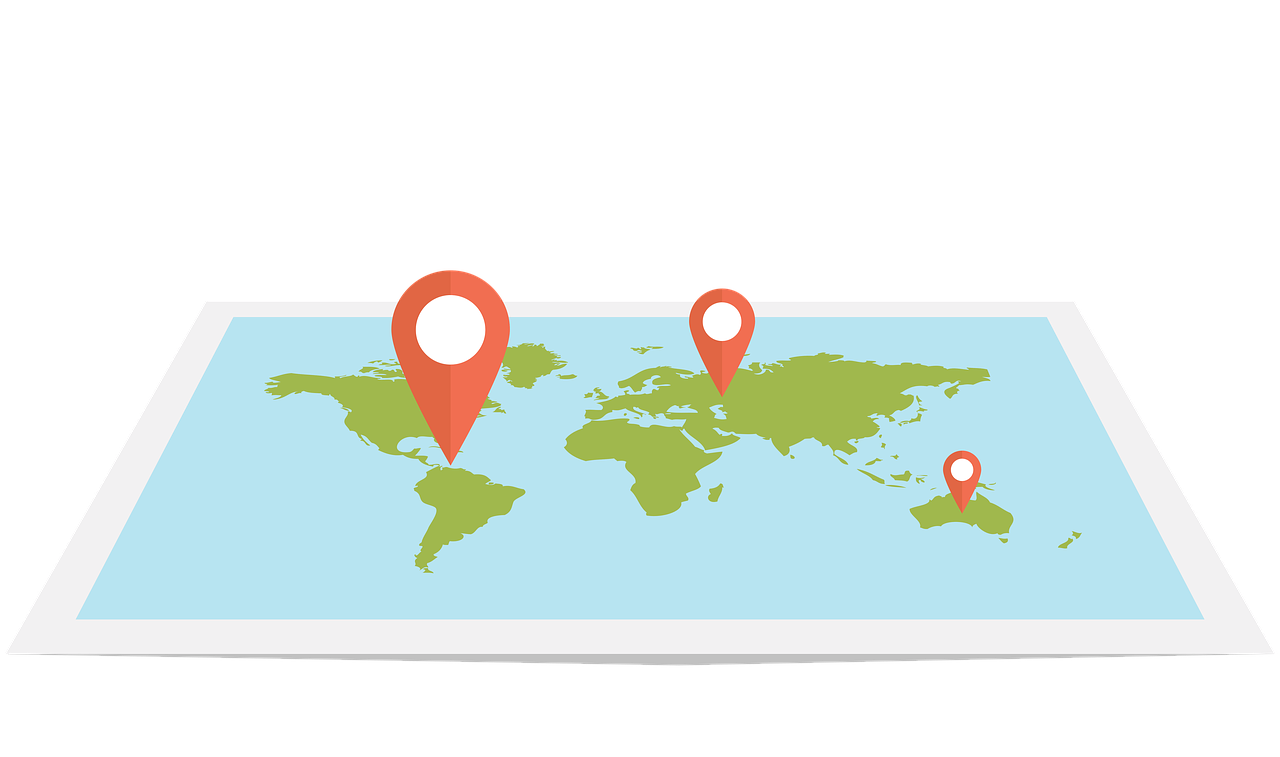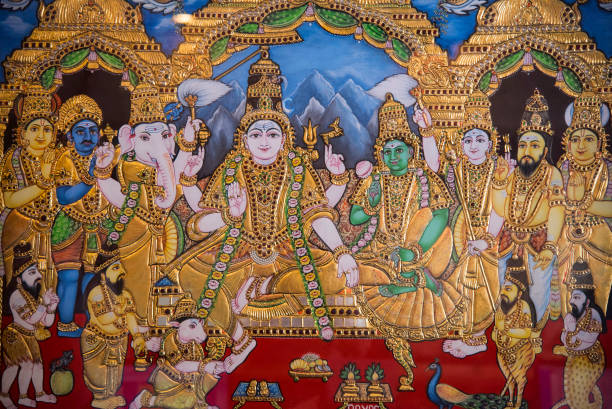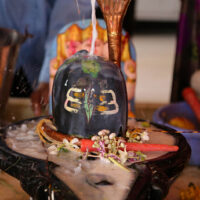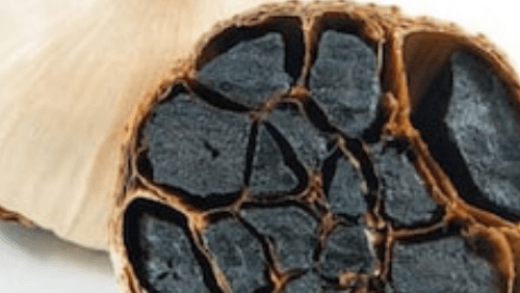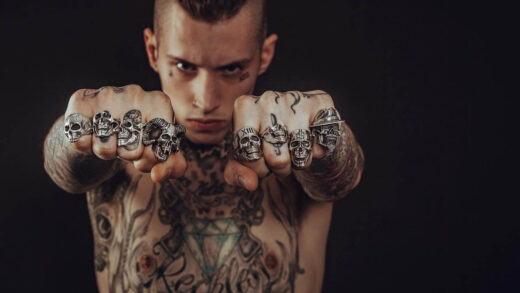Although a healthy body is important for efficient working, the disorder in any of the organs can result in stress, depression along with physical functioning. There exist a large number of human body disorders, but some of them like Mirro-hand syndrome, due to its characteristics leaves us in a questionnaire about how can that even happen?
Let us study this rare hand disorder in detail.
About the disorder.
Scientifically known as Ulnar dimelia, mirror hand disorder is a rare inborn abnormality. It is observed by a mirror-like or symmetric copying of palm along with limbs. The arrangement may vary from person to person in regards to the central digit of mirrored symmetry on either side, signifying the middle ring and small fingers. Despite the presence of seven fingers, the thumb is generally absent.
Nomenclature.
The human forearm consists of two main bones namely the radius and ulna. Both of them plays an equally important role in providing appropriate anatomical position to the arms. Since the mirror-hand syndrome is determined by the absence of radius and the duplication of ulna, this rare syndrome is named “Ulnar dimelia”.
Is it classified?
The answer to this confusion is “yes”. Ulnar dimelia is considered a rare hand disorder across the globe, for instance, only 70 individuals were recorded suffering from the mirror-hand disorder as per in 2015. Even occurring at such an erratic rate, this disorder is categorized into two forms:
- Type I: This classification of ulnar dimelia involves one index finger along with a lunate and a trapezoid bone.
- Type II: Having differences only in the number, this type of mirror-hand syndrome is characterized by the presence of two index fingers, two lunate, and two trapezoid bones.
Note: Its classification sometimes varies depending upon any harmful effects over other parts of the body. Some of these effects include deformed bones with arterial and nervous glitches.
Technique for treatment.
To attain an improved functioning of upper limbs, a person can go through the technique of pollicisation. More about this practice is detailed as follows:
Pollicisation.
Through this technique, a thumb that is generally absent in this disorder is first reconstructed after which the additional number of fingers are removed via excision.
In the case of three digits making a mirror-like image of a hand, the area containing the extra limbs is only removed once the tissue lying in that region is regenerated using the biotechnological instrumentation. The process involves the cutting and ligation of the web between the third and fourth fingers. Thereafter, the shaft of the third metacarpal is carefully removed with its head and base region.
Further, the muscle lying in the dorsal region is attached to the circular adjacent area and the palm’s muscular mass is joined with the ulnar horizontal region. To serve as a thumb function, the third ray of the hand is fixed with K wires. Henceforth, requiring only the final recovery for a certain period, a person can be fully cured of this disorder.

